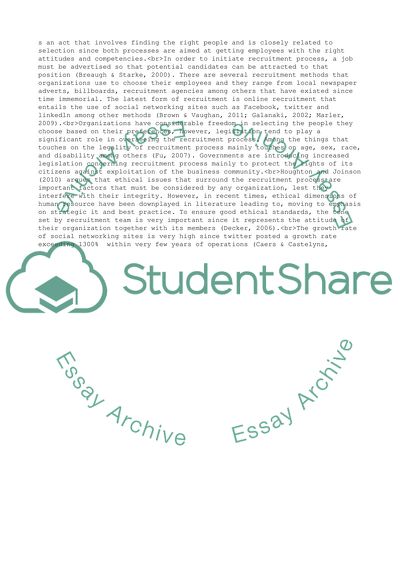Cite this document
(“Are social networking sites useful for Literature review”, n.d.)
Retrieved from https://studentshare.org/management/1628284-are-social-networking-sites-useful-for-recruitmentfacebooktwitterlinkedin
Retrieved from https://studentshare.org/management/1628284-are-social-networking-sites-useful-for-recruitmentfacebooktwitterlinkedin
(Are Social Networking Sites Useful for Literature Review)
https://studentshare.org/management/1628284-are-social-networking-sites-useful-for-recruitmentfacebooktwitterlinkedin.
https://studentshare.org/management/1628284-are-social-networking-sites-useful-for-recruitmentfacebooktwitterlinkedin.
“Are Social Networking Sites Useful for Literature Review”, n.d. https://studentshare.org/management/1628284-are-social-networking-sites-useful-for-recruitmentfacebooktwitterlinkedin.


